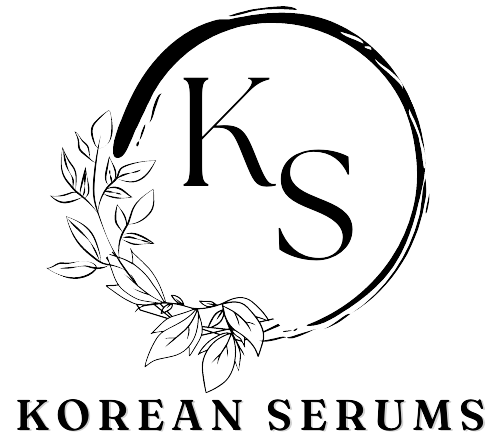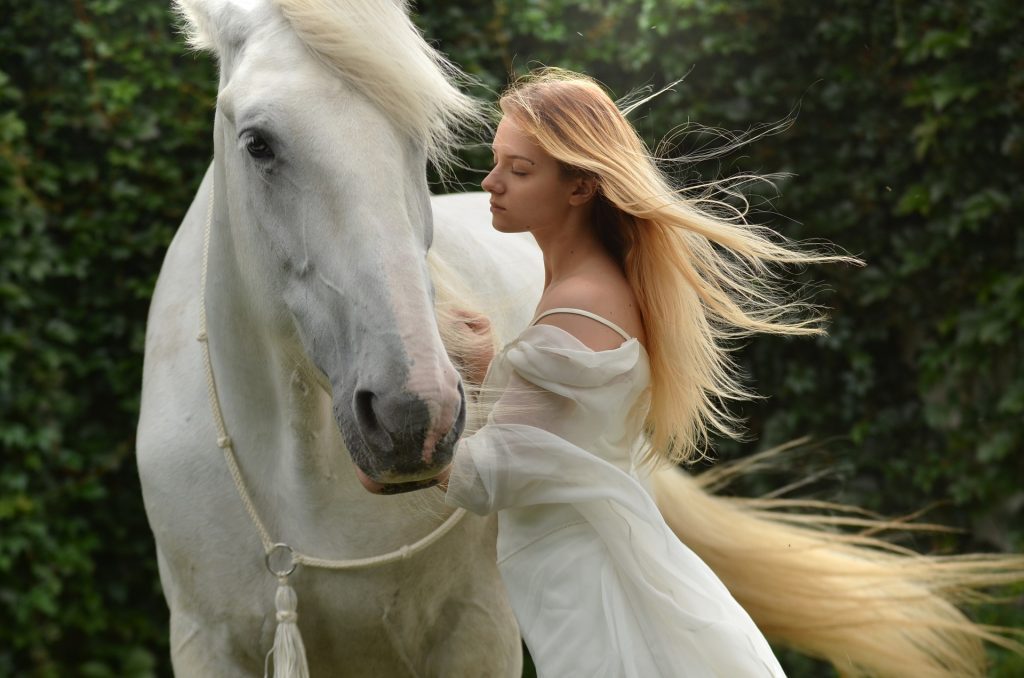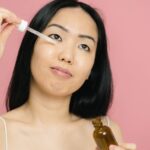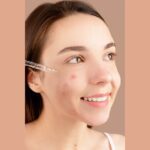Do you know about the beauty standards around the world? In various cultures and societies around the world, beauty standards are very different. While darker skin tones are revered in some cultures, lighter skin tones are preferred in others. While some cultures place a great importance on physical traits like a slender body type, others find that a fuller form is more appealing.
Though thinness has long been seen as the pinnacle of beauty in Western societies, there has recently been a trend in favour of body types with a wider range of proportions being valued. While some African cultures prefer a fuller-faced appearance, petite, narrow faces with high cheekbones are frequently regarded as attractive in Asia.
Beauty standards around the world are also influenced by hairstyles and hair textures. Straight hair is preferred in many European nations, although natural wavy or kinky hair is admired in some African cultures.
Beauty standards are commonly accepted and upheld ideals of physical beauty that have been created over time and by culture. These norms have a big impact on how people see themselves and other people, and they can affect how they feel about themselves and how they look. Globally, there are wide disparities in beauty standards, with each culture and society having its own set of standards for what is considered lovely. It is crucial to understand that these standards of beauty are frequently restrictive and exclusive, and they can have a negative effect on people who do not conform to them.
Beauty Standards of Major Countries Around the World
While there are many other types of beauty standards that are widely accepted, some of them are as follows:
- Africa: Full faces and curves, as well as naturally textured hair, are preferred in many African civilizations. Read all African beauty standards.
- South America: A curvy body type is frequently viewed as attractive in South America, with an emphasis on a large breast, a small waist, and full hips. Read all American beauty standards.
- Middle East: In the Middle East, clear complexion, youth, heavily-made-up eyes, and large lips are frequently admired.
- America: In America, a toned and slender physical type is frequently regarded as ideal, along with clear complexion, symmetrical facial features, and straight hair. Recently, there has been a trend in favour of promoting a wider variety of body sizes. Read about American beauty standards
- India: Lighter skin tones are frequently regarded as more attractive in India, where delicate jawlines and small noses are also frequently deemed appealing face traits. Read all Indian beauty standards
- Japan: Young appearance and clear skin are highly regarded in this country. Also, small stature and a slim build are frequently regarded as appealing. Read more on Japanese beauty standards.
- France: In France, having clear complexion, symmetrical facial features, and a toned, slender body type are frequently regarded as attractive. Read more on french beauty standards.
- South Korea: In South Korea, people frequently find petite, slim faces with high cheekbones, clear skin, and straight black hair to be attractive. Furthermore, thin and small bodies are frequently regarded as attractive. Read more on South korean beauty standards.
- Egypt: In Egypt, youthfulness, clear skin, heavily-made-up eyes, and large lips are all highly regarded. Read all Egyptian beauty standards.
Social standards of culture, history, and society can have an impact on beauty standards for both men and women, which vary considerably around the world. In general, both men and women concentrate on the following beauty standards:
Beauty standards around the world for Women
Physical appearance, with an emphasis on bodyweight, skin colour, hair type, and facial features, is frequently at the centre of beauty standards for women. A curvier body shape is appreciated in some cultures, while others think it’s preferable to have a lean, toned figure. While a darker skin is preferred in some countries, lighter skin is often seen as more attractive. Also influencing beauty standards can be hair texture, with certain cultures favouring straight hair while others treasure curly or kinky hair. Numerous nations frequently find beautiful facial characteristics like prominent cheekbones, a tiny nose, as well as a delicate jawline.
- A sleek, toned body is frequently seen as the pinnacle of female attractiveness in Western cultures. Though curved and plus-size forms are now more often accepted, there has been a recent trend in favour of appreciating a wider variety of body shapes.
- Clear, smooth skin is treasured and regarded in many cultures as a sign of beauty and wellness.
- Most cultures, such as those in Asia and the West, find an attractive face to have symmetrical features with high cheekbones or a strong jawline.
- Numerous cultures place great significance on long, glossy hair, with some preferring straight hair while others prefer curly or wavy hair.
Beauty Standards Around the World for Men
While physical appearance is a key component of beauty standards for males as well, body size is typically less of a priority than muscularity and grooming of the body. A chiselled and strong physique is regarded as desirable in many cultures, and grooming practises like maintaining body and facial hair can greatly influence how handsome a guy is thought to be. Additionally, many societies find symmetrical features and strong jawlines on the face to be attractive.
- In Western cultures, a strong, athletic physique is frequently seen as the pinnacle of male beauty. Part of this standard’s perpetuation has come from the media’s portrayal of muscular, fit male athletes and celebrities.
- Many cultures find a defined jawline and facial hair to be attractive, with beards and mustaches becoming more common in recent years.
- Men find a full head of hair appealing as well, and a youthful hairline is regarded as a sign of vigor.
It’s evident that these are only broader trends and also that beauty ideals for both men and women varies widely within and between countries. These norms are also not global and are evolving continually, with some communities and cultures emphasizing inner beauty and character traits over outward looks. In the end, it’s important to understand that there are many various types of beauty and that people should be allowed to express their own unique beauty in a manner that feels most real to them.
Summary
It is significant to remember that beauty standards can shift throughout time and amongst various cultures. For a number of reasons, spanning societal expectations, self-esteem, economic security, shared culture, and personal taste, people uphold beauty standards around the world. Media portrayal, advertising, and cultural conventions frequently influence and reinforce beauty standards, which can lead to social pressure to adhere to them.
People could try to live up to beauty ideals because they think it will improve their looks and self-esteem. As there are some professions or businesses that place a high value on personal features, beauty standards can indeed affect someone’s employment or career chances. Cultural identification and beauty standards are related because specific physical characteristics may be linked to a certain ethnicity or ethnic heritage. Beauty standards could also depend on individual taste, as different people may find different physical characteristics alluring for different reasons.







